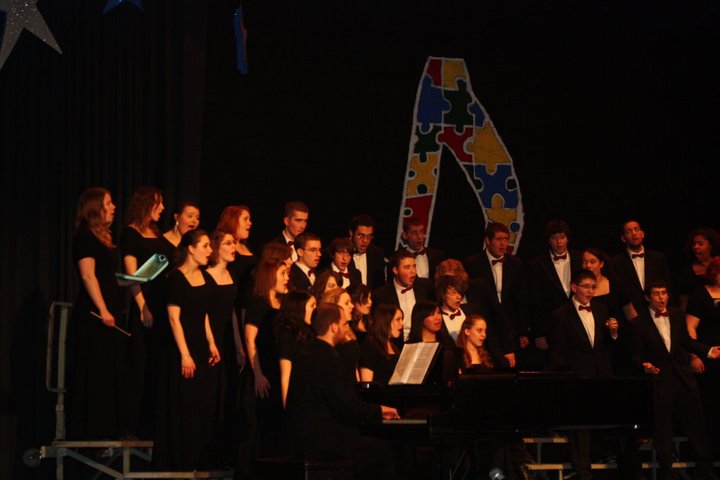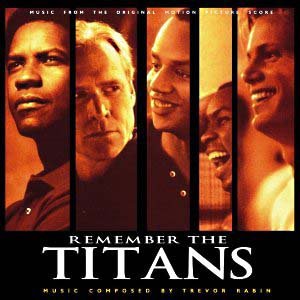For my Social Justice event, I attended Woonsocket High
School’s Festival Concert. Being alumni, I knew how this concert worked and was
happy to go and support my fellow chorus members.
This concert consisted of Vocal Ensemble and Select Choir.
Vocal Ensemble is open to anyone on the basis that the can attend Wednesday
Night Rehearsals that last from 6:00-7:15 p.m. every Wednesday night. If they
cannot attend these rehearsals then they would ultimately fail the course. For
Select you must audition and if you make it in, the rehearsals are from
6:00-8:30 p.m. every Wednesday night.
 Being at these concerts as an audience member is much
different than being a performer. I was able to observe the dynamic of the both
choirs and asses the similarities and differences while also drawing some
observations.
Being at these concerts as an audience member is much
different than being a performer. I was able to observe the dynamic of the both
choirs and asses the similarities and differences while also drawing some
observations.
1.)
The choir was comprised mostly if not entirely
of white ethnicity.
This struck me as odd because
Woonsocket is a very diverse city and very similar to the statistics we see in
Providence schools.
I connect this observation to Jonathan
Kozol’s article about class and reinstitutionalizing a cycle of class suppression.
I also think this may be related
to the socioeconomic class and Kozol’s essay because they have the resources to
travel back and forth to night rehearsals. That may be that the parents have
time after work to bring them or they can afford to have their own car. If not,
the child has no way of participating in this class and if they ultimately sign
up and do not attend, they will fail, all because they cannot get a ride to the
school. This relates to Kozol because most parents are forced to work at those
times of night or have other children they need to take care and unfortunately
chorus and any other extracurricular is not on the top of their priority list,
making ends meet and providing for their children are.
- In also thinking through this
and asking why this may be, I came up with a connection to Delpit. Chorus,
band, sports and all extracurricular activities are important. When you are a
high school Junior, you are constantly being told, “Join as many as you can, it
looks good on college applications!” It struck me that, maybe the white
community of our school had the means to go to college and this is why the
extracurricular was dominated by white ethnicity. I think this relates to
Delpit because the kids in the choirs , actively participating are the ones who
are going to write it down on their college application, with hopes to be
accepted whereas the kids never given this opportunity (the rules and codes of
power) to travel to and from extracurricular are not.
--However, looking at Choir and my experience in a more
positive way, the choirs sang a vast array of music, ranging from classical to
pop and from many time periods and many different languages.
I think this connects to Collier’s, Teaching Multilingual
Children because the chorus director chose to teach the kids a different
language while also integrating the context of the song. She gave the kids a
way to connect cultures by singing. For this particular concert they sang a
beautiful piece in Latin. And from personal experience, I have sang, French, Spanish,
Latin and German in my time at WHS. I also know that the director gives a brief
history on the culture before we learn how to properly articulate and connect
with the piece. I think Virginia Collier would be proud with this particular
example.
Unfortunately, I hadn't thought of video taping or taking pictures at the concert, but this is a video of Select Choir when I was in it, two years ago. As you can see, most of us are of white ethnicity. AND this song is in Latin!
Unfortunately, I hadn't thought of video taping or taking pictures at the concert, but this is a video of Select Choir when I was in it, two years ago. As you can see, most of us are of white ethnicity. AND this song is in Latin!





_cover.jpg/300px-Where_The_Wild_Things_Are_(book)_cover.jpg)






